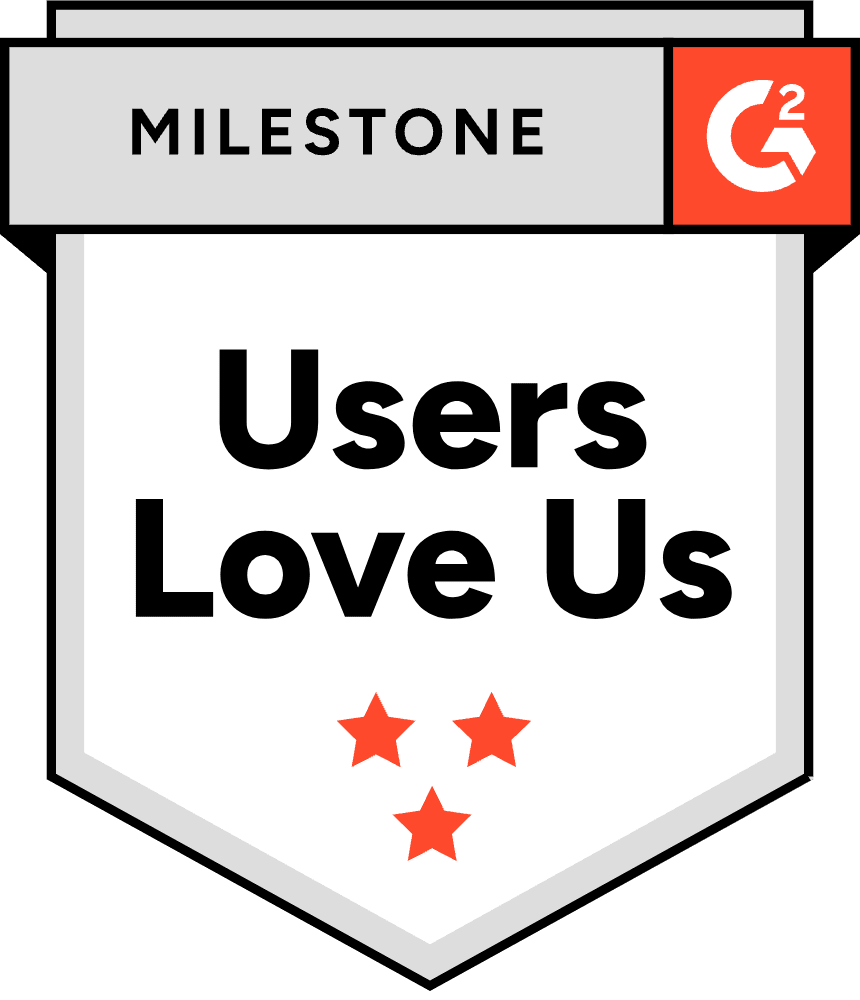Modern enterprise projects usually contain many environments—on-premises or cloud platforms—developed by multiple collaborating teams throughout their lifecycle. And each team may keep the secrets—credentials, certificates, and keys—in a different environment, creating secret silos.
Despite their immensely negative impact on the security and efficiency of a business, distributed secret silos have become common. Neglected or overlooked, sprawling vaults can turn into costly, cumbersome pockets of risk.
This post will explore why companies find managing multiple secret vaults so challenging. We will also discuss what you can do to address secret silos and how to transition to a fully vaultless approach.
What Are Secret Silos?
Advances in the digital age have significantly changed many aspects of software and infrastructure engineering. Development has become increasingly distributed, with the trend of remote work and offshore teams quickly gaining popularity. With widespread cloud adoption, secluded machines gave way to cluster computing, and the typical setups turned into microservice-based, remotely hosted architectures.
Those changes greatly amplified the need for convenient secret storage methods, leading many teams to use CSP-native dedicated cloud vault services. After all, if a company already has an entire project on Azure or AWS, using Azure Key Vault or AWS Secrets Manager seems like a natural choice. This may also be a necessity, as sometimes you have to keep the secrets where the development cycle happens. This might be due to various factors like technical or regulatory constraints.
Others opted for local, self-managed solutions such as HashiCorp Vault, treating the required infrastructure as just another dependency of the already planned project.
In terms of multi-container workloads based on Kubernetes clusters, the choice was often Kubernetes Secrets as a default. Kubernetes already has a native secret storage method, so many teams simply kept their secrets this way. Since the cluster is already present, with its own access management features, an external solution didn’t seem necessary.
Regardless of the infrastructure provider, all these different approaches led to the same consequence: provisioning vaults or otherwise keeping secrets in isolation for each project or even environment, which resulted in the formation of secret silos.
Why Is Managing Multiple Secret Vaults So Difficult?
At some point, the combination of multiple cloud-based vaults and external platforms carrying secrets on their own terms becomes ungovernable. When companies keep critical secrets in so many separate locations, the task of making sure they’re secure, rotating them regularly, and even policing their usage when needed can seem impossible to keep up with.
As more and more vaults join the ever-growing list of resources to oversee, the attack surface quickly expands. Today’s cybersecurity is all about properly managing and mitigating risks. But how can you neutralize an unknown threat coming from so many directions at once? The true answer is you cannot, and the malicious actors know this.
Machine identities have become rewarding targets for hackers due to their value as a stepping stone for further attack. Impersonating one host might allow a malicious actor to infiltrate another one. It could also provide access to further services—turning a single breach into a chain reaction of multiple compromises.
Access to machine identities is controlled through secrets—credentials, certificates, and keys—and so the existence of secret silos has become a real security risk. The complexity of management and lack of visibility across multiple vaults severely limit an organization’s defensive capabilities, making preemptive mitigation impossible and decreasing the chance of detecting intrusions both before and after sensitive data is leaked. Furthermore, multi-vault attacks often result in hard-to-mitigate incidents, significant costs, and loss of customer trust.
Why Connecting Secret Silos Is Important
Connecting or unifying secret silos is the only way to manage multiple vaults safely. The reasoning behind this crucial process can be broken down into three main categories.
Visibility & Governance
Secret silos create a distinct lack of visibility—gray areas, in which secrets cannot be properly tracked and monitored. This obscurity makes it difficult to maintain a good security posture and cripples the effectiveness of mitigation efforts.
Secrets need to be secure, not hidden. Without proper observability, there can be no governance, and without proper governance, there is no security.
Ease of Management & Costs
It is hard to oversee a large amount of sensitive information, especially when it’s kept in multiple different places. As the number of cloud vaults, Kubernetes clusters, and other secret silos grows over time, management quickly turns into a cumbersome chore.
Maintaining numerous secret silos also proves quite expensive, as the cost of keeping multiple solutions for this purpose quickly add up. Moreover, scaling a set of separate tools in line with the needs of your project adds even more complexity; it also takes more time away from solving the issues of scale for the main product they were supposed to assist.
This is especially true for dedicated, self-hosted solutions like HashiCorp Vault. When you factor in the infrastructure, maintenance, and license fees, plus the effort required to scale them on your own, the final bill might end up just as hefty.
Compliance
Achieving and maintaining compliance with modern security standards can prove very difficult. Even a single mistake can result in trouble—hefty fines from regulatory organs, expensive forensic audits, a loss of reputation, or even all those at once due to a breach.
Lack of appropriate secret management poses a significant, hard-to-mitigate risk of a critical security incident. Compliance frameworks such as SOC2, PCI DSS, and NIST emphasize observability, strong access control, and proper risk management for both customer data and internal systems—none of which can be properly enforced for uncontrolled vaults and other secret silos.
It’s safe to say that there is no place for vault sprawl and secret silos in a secure business. Without centralized access control, logging, tracking, and proper incident response capabilities, there is no merit behind any claim of compliance. It simply cannot be accomplished.
How to Tackle Secret Silos & Solve Vault Sprawl?
You can provision a single cloud vault as the source of truth. This might help tackle sprawling vaults to some degree, but it’s not enough to address the entire problem. Your secrets have to be:
- First and foremost, kept as securely as possible
- Easily manageable, both during day-to-day operations and especially in case of an emergency
- Easily accessible to humans, automation tools, and the systems that need them
A single vault won’t always be able to tick all those checkboxes. Whether it is based on a cloud service, or self-hosted, it’s hard to scale, inconvenient to maintain, and difficult to connect to all the different tools and systems that require secrets to operate.
You need a different approach. A system that is:
- Quick and easy to adopt
- Easily and efficiently scalable, as the need for secrets constantly grows with a business
- Capable of supporting a wide range of external and internal platforms, tools, and technologies. This ensures it can cover an organization’s technology stack as thoroughly as possible.
There is no other way around vault sprawl and secret silos. To solve both, you have to dismantle the vaults, moving to a dedicated secrets management system. If you want to keep existing vaults, however, you can choose to connect them under one centralized management platform.
Option #1: Migrate All Secrets to a Centralized Management System
Companies can implement a dedicated, centralized secrets manager to safely store and manage secrets in one location. In addition, the system can provide access to a wide range of tools and platforms when necessary. Such a platform will ensure you tightly regulate secret access and properly track secret usage. That’s exactly what Akeyless can help you with.
In this scenario, such a system becomes the only source of truth, and the benefits are tremendous. No more vaults to maintain or secluded islands of secrets to worry about. This results in far more visibility and control—and far less complexity.
Akeyless can handle all your secrets, whether in hybrid or multi-cloud environments, with a unique architecture that keeps your secrets secure in the cloud.
Of course, your secrets will have to be migrated, which can be a cumbersome, time-consuming process. Akeyless’ automated migration makes this simple and quick for all popular clouds and external platforms. Using Akeyless, this transfer turns from weeks of chores into a few hours or days, regardless of the service provider you’re using.
Option #2: Use a Universal Secrets Connector to manage vaults together
Although a fully vaultless approach provides great results, it’s not always easy to make this switch. Aside from the organizational changes required, sometimes it’s not technically viable or achievable from a business standpoint to shift from multiple vaults to a single, centralized platform.
Luckily, there is a way to bridge the gap between vaults offered by cloud service providers or other platforms and a unified management approach.
The Akeyless Universal Secrets Connector allows you to seamlessly view and manage secrets contained in your external vaults. With improved visibility and centralized control over their contents, distributed vaults become a reliable secret storage solution once again.
In this scenario, secrets stored in vaults on AWS, Azure, Google Cloud, or Kubernetes stay where they are—but after connecting, they can be viewed, added, updated, or deleted from a single platform. In addition, you gain the ability to precisely manage who can obtain and use your certificates, tokens, authorization keys, or other privileged information, thanks to Akeyless’ robust role-based access control system.
The Universal Secrets Connector is a perfect solution when a company is seeking greater observability and compliance, but has specific needs that make addressing vault sprawl via migration (Option #1) difficult.
To learn more about how the Akeyless Universal Secrets Connector can help your company close the chapter on sprawling, unsafe secret silos, schedule a personalized demo, or take the self-guided tour today.
Conclusion
In today’s digital world, both threats and defensive measures are constantly evolving, with one clear conclusion: The future is vaultless. For those who still find vaults absolutely necessary, connecting them together under a centralized platform is essential for keeping secrets safe, achieving compliance, and operating a secure business.
However, it’s critical for companies to be aware that with every sprawling silo, the danger grows, meaning secrets management must be a top priority. Following the golden DevSecOps principle of “shift left,” the best time to address the issues of a multi-vault approach was before they began to sprawl, and the second best is right now.













